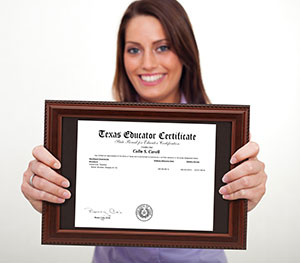Instructional Strategies in the Classroom
The following discussion will be directed on how you can manage a successful classroom from the beginning of your educational career. A successful classroom would include the following instructional strategies:
- Creating the Right Classroom Climate
- Your Classroom Plan
- Organizing your Classroom
- Developing Routines and Procedures
- Assigning and Managing Work Assignments
- Preparing for Instruction
- Managing Behavior
- Keeping it all Going
The first instructional strategies would be creating the right classroom climate. This is to assure that your students feel safe, secure and are engaged with their own learning. Learning decreases when students feel threatened or unchallenged (Marzano, et al, 1992). Have discussions with your students on how to maintain the right climate for your classroom. Have them help formulate the way they want the classroom to run and they will help your enforce everyone’s expectations.
The second instructional strategy would be your classroom plan. This will help you foster student involvement and cooperation in your classroom activities and will help establish a productive working environment. To establish a productive working environment you need to make your room stimulating and inviting. Classroom displays and arrangements must be functional and inviting. Your students will be more than happy to be in on the decision making process of how to make your classroom learner friendly.
The third instructional strategy would involve organizing your classroom. You will need to create room arrangements that allow for activities that require movement. Stations or centers can be created for long-term learning and involvement. These stations can be placed so that your students can easily find information, use computers, and access other technologies that would help with their learning.
The next instructional strategy involves developing routines and procedures. You will need to create a limited number of rules that are clear, specific, and stated in a positive manner. Always involve your students in the process of developing, understanding, and maintaining the routines and procedures. You will also need to practice and reinforce these routines and procedures throughout the school year.
The fifth instructional strategy would be assigning and managing work assignments. As a master teacher you need to provide meaningful and relevant assignments. Involve your students in real world scenarios that have a purpose. You will be amazed with your student’s abilities when they have an assignment that involves an audience and a real world purpose.
The next instructional strategy involves preparing for instruction. When your students are actively involved in their learning discipline problem will decrease. Keep your students involved in the planning and preparation of the units of studies. Make them a part of your on going planning, implementation, and evaluation of units of study. Could your students compose a real proposal that could be submitted to a corporation, city council, or organization that needs fresh ideas.
The sixth instructional strategy is discussing behavior in the classroom. Always communicate and reinforce class routines and procedures. Have your students enforce these and have classroom discussion on procedures that need to be added, deleted, or edited. You will be surprised how well your classroom will function when the students have a voice.
The last instructional strategy is to keep your classroom running smoothly throughout the school year. Always reflect and evaluate each day or week during the school year. Do not settle for less than your students’ best efforts. Always celebrate success!!!!!
These seven instructional strategies will help you become a successful teacher that students will remember forever. This will also help your students become lifelong learners.











